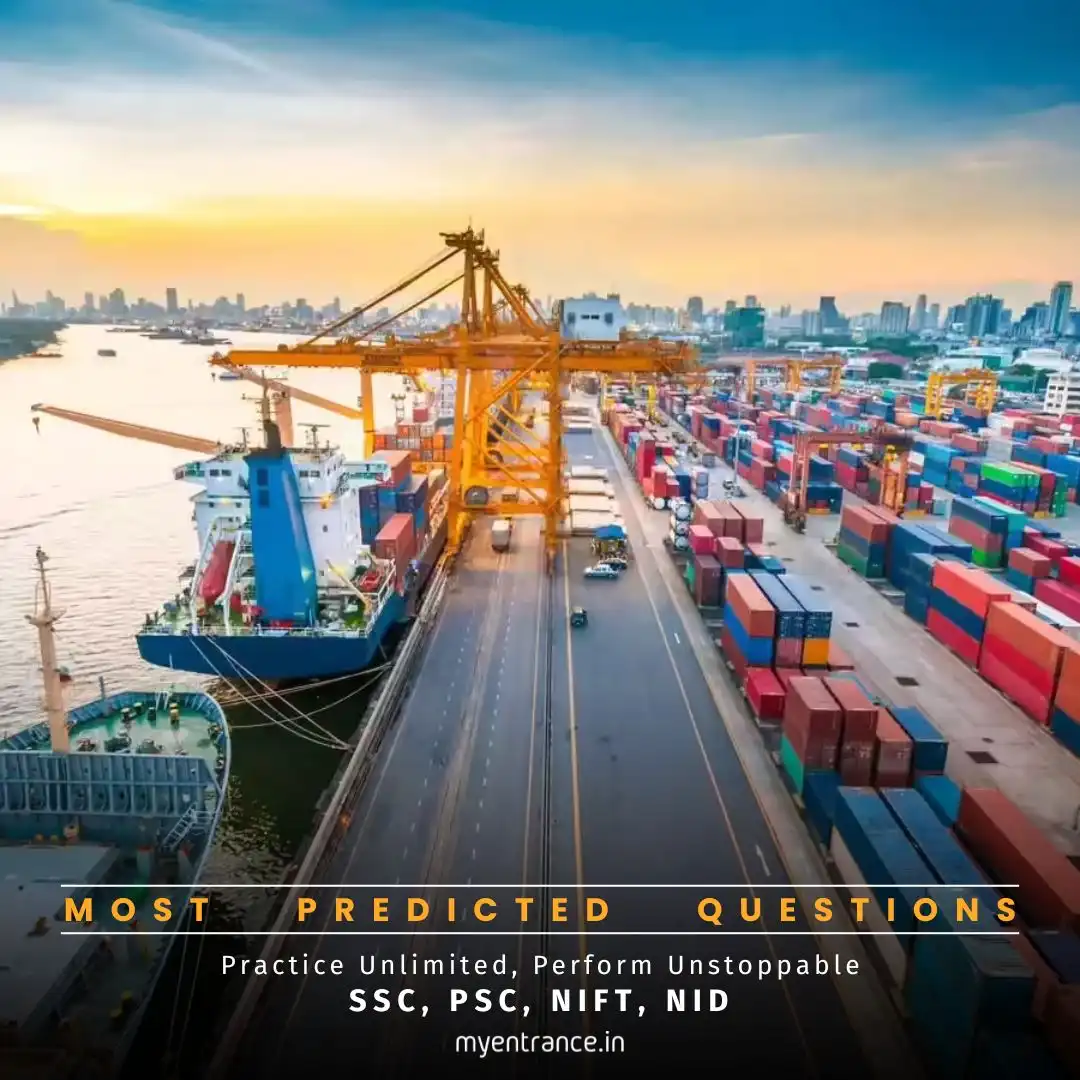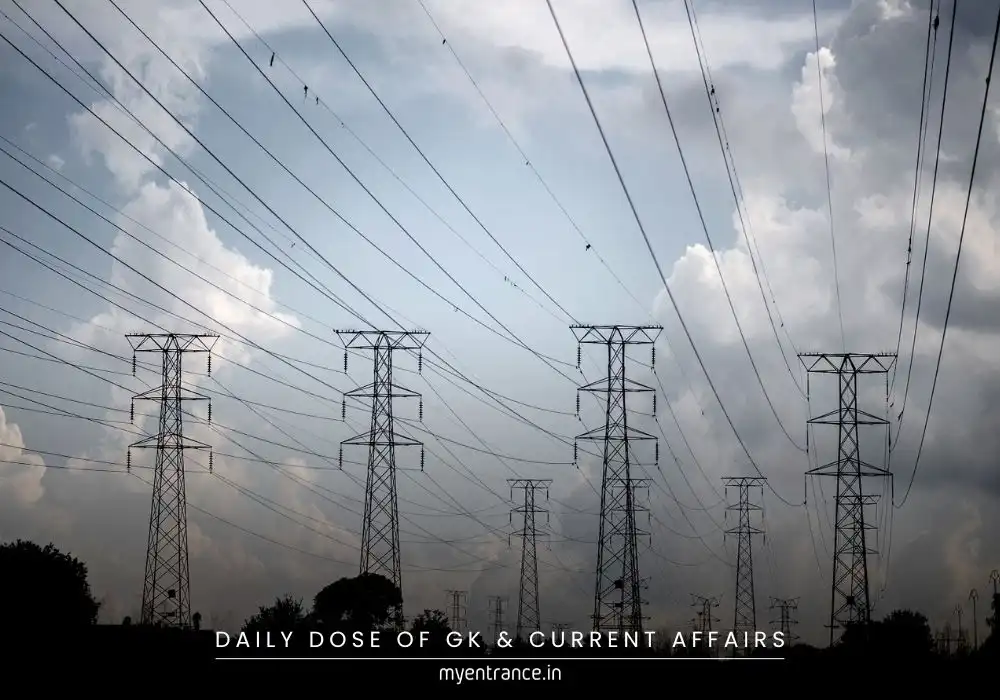Select Language
Beyond Ships & Containers: What’s the REAL Force Shaping India’s Foreign Trade?
When we picture foreign trade, giant cargo ships come to mind. But for India, the real story is increasingly happening behind the scenes. An “invisible hand” – driven by services exports and remittances – is now the dominant force shaping our trade balance and economic resilience, far surpassing traditional goods trade.

Forget just containers loaded onto ships for a minute. While physical goods grab headlines in trade talks, India’s economic reality tells a fascinatingly different tale. The true powerhouse driving our foreign trade today isn’t tangible products, but an often-overlooked “invisible hand” – the massive flow of services we export and the hard-earned money sent home by Indians abroad.
Here’s the eye-opening shift:
The “Invisibles” Take the Lead: Just a decade ago (2013-14), India exported about $85 billion more in physical goods than it earned from “invisibles” (services + remittances). Fast forward to 2024-25, and the script has flipped dramatically. Our invisible earnings soared roughly $135 billion higher than our merchandise exports!
Breaking Down the Invisible Boom: What makes up this massive $576.5 billion in invisible earnings?
Services Superpower: A staggering $387.5 billion came from exporting services. This isn’t just IT anymore! While software exports rocketed from $12.8 billion (2003-04) to a massive $180.6 billion (2024-25), equally impressive is the boom in diverse “business, financial, and communication services,” leaping from $37.5 billion (2013-14) to $118 billion (2024-25). Think consulting, finance, R&D, design services – India truly is becoming the “office of the world.”
Remittances: The Unsung Heroes: The other colossal chunk is private remittances – money sent back by the Indian diaspora. This hit $135.4 billion in 2024-25, up from $69.6 billion a decade prior and a mere $22.2 billion two decades ago. This represents the incredible value of India’s exported talent and hard work across the globe.
The Resilience Factor: What’s truly remarkable is how these “invisible” exports have shown incredible resilience. They’ve weathered global storms – financial crises, pandemics, geopolitical tensions, and trade wars – with far more stability than traditional goods exports. And here’s the kicker: this phenomenal growth hasn’t relied heavily on complex government trade deals or big-budget incentive schemes for factories. It’s been driven more by global demand, India’s skilled workforce, and technological connectivity.
Why Trade Talks Focus Elsewhere: This context makes ongoing trade negotiations, like the India-US talks, particularly interesting. They often centre on tariffs for physical goods (textiles, auto parts, steel, aluminium from India; farm produce, ethanol from the US). While important, these deals are still grappling with the “old” trade model, even as the “invisible” sector quietly reshapes our economy.
The Balancing Act: This invisible boom isn’t just big; it’s essential for India’s financial health. Our massive services trade surplus ($188.8 billion in 2024-25) combined with remittances creates a huge overall invisible surplus of $263.8 billion. This incredible cushion is the main reason India managed to keep its overall current account deficit (the gap between what we pay the world and what the world pays us) at a manageable $23.4 billion last year. Without this “invisible hand,” our economic picture would look very different.
Key Distinction: Tangible vs. Intangible:
Tangible Assets: These are the physical goods – the steel, the textiles, the agricultural produce loaded onto ships or planes. They have a clear physical form and finite monetary value based on market transactions.
Intangible Assets/Services: This is the realm of the “invisible hand” – software code, financial analysis, engineering designs, consultancy advice, or even the skills of an Indian professional working abroad. Their value isn’t tied to a physical object but to knowledge, expertise, and human capital.
Sample Questions & Answers (Exam Focused):
Q: What is meant by the “invisible hand” in the context of India’s foreign trade?
A: It refers to the powerful, often indirect forces driving India’s trade, primarily the export and import of services (like IT, finance, consulting) and cross-border private transfers (remittances from Indians abroad), which now dominate over traditional physical goods trade.
Q: How has the composition of India’s foreign trade receipts changed significantly between 2013-14 and 2024-25?
A: In 2013-14, goods exports exceeded invisible receipts (services + remittances) by about $85 billion. By 2024-25, invisible receipts were roughly $135 billion higher than merchandise exports, marking a fundamental shift.
Q: Identify two major components of India’s “invisible” trade surplus and their approximate values in 2024-25.
A: (1) Services Exports: $387.5 billion (leading to a services trade surplus of $188.8 billion). (2) Private Remittances: $135.4 billion. These together created a huge invisible surplus of $263.8 billion.
Q: Why is the growth of India’s “invisible” exports considered particularly resilient?
A: Unlike physical goods, services exports and remittances have shown remarkable stability through global crises (financial downturns, pandemics, conflicts, trade wars). Their growth has also been less dependent on government trade deals or manufacturing incentives.
Q: How does the “invisible” trade surplus impact India’s overall current account balance?
A: The massive surplus from invisibles (services + remittances) acts as a crucial buffer. In 2024-25, this $263.8 billion surplus was vital in containing the overall current account deficit to a manageable $23.4 billion.
Get 3 Months Free Access for SSC, PSC, NIFT & NID
Boost your exam prep!
Use offer code WELCOME28 to get 3 months free subscription. Start preparing today!















